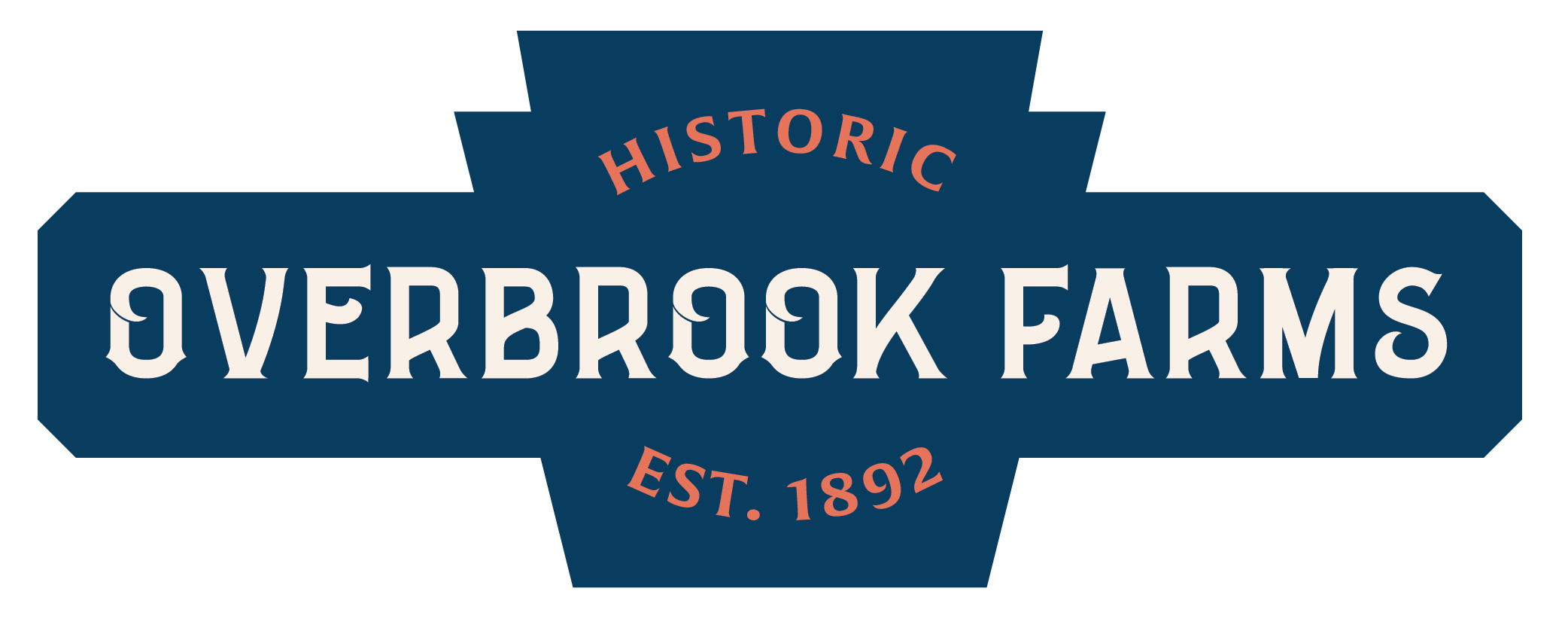Historic Designation
Overbrook Farms was added to the National Register of Historic Places under the federal Department of the Interior in 1984. Aside from the honorific value, national designation does not currently carry much value for your average private homeowner. Its main value today is as a prerequisite for acquiring Historic Tax Credits (HTCs), which are mostly used by developers for financing renovations of large historic properties. The cost of structuring such tax credits makes them only worthwhile for larger-budget, often commercial development projects. HTCs are thus rarely of value to your average private home renovation project. Nevertheless, we can be proud of our national designation.
The Philadelphia Historical Commission (PHC), with cooperation with the Overbrook Farms Club (OFC) voted unanimously on November 8, 2019 to add Overbrook Farms to the City of Philadelphia registry as an Historic District. It is the second largest Historic District approved in Philadelphia, with 501 properties as “contributing” to the historic significance of our neighborhood, dating to its initial development period under Wendell & Smith (1892-1929). This ended eight years of pending status since an original nomination had been submitted in 2011. What this means for property owners can be found on our FAQ page and on the page featuring Preservation Resources.
Despite the pending nature of the nomination, Overbrook Farms residents had been living under the protections of the PHC since 2011. So, the passage of the designation did not change much in the way property owners in our neighborhood manage. The Historic Preservation Ordinance of the City of Philadelphia is written in such a way that all of the powers and rules of historic designation go into effect as soon as a nomination is accepted as complete by the PHC. This is largely to guard against the destruction of historic properties while a nomination is being reviewed.

